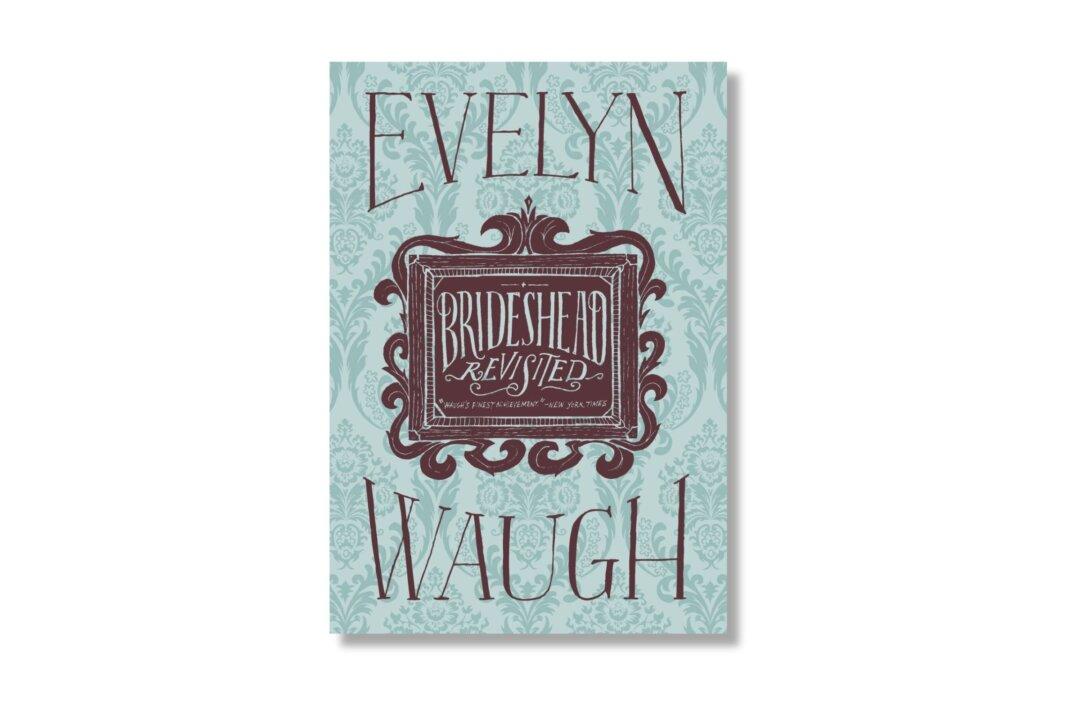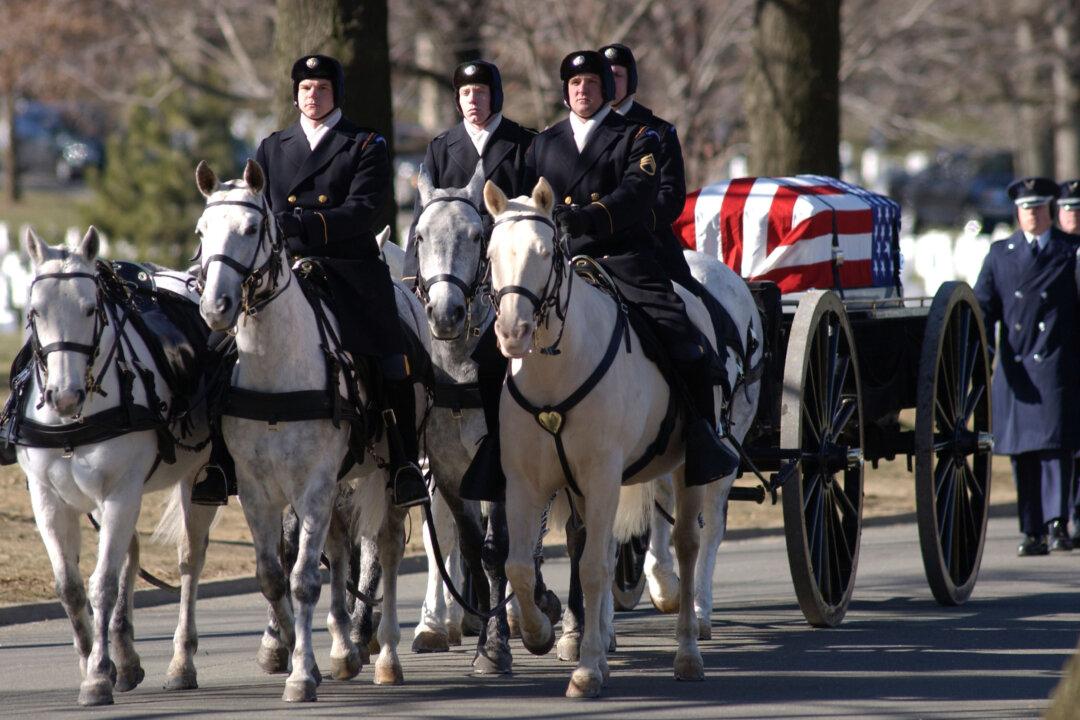Charles Ryder’s table is adorned with a human skull, inscribed with the words, “Et in Arcadia Ego.” The Latin phrase means, “And I am in Arcadia,” Arcadia being one of the pagan conceptions of paradise, a place of unlimited sensual pleasure. That out-of-place skull and its odd inscription capture in a nutshell Ryder’s spiritual state at the beginning of Evelyn Waugh’s 1945 elegiac novel, “Brideshead Revisited.”
As a young student at Oxford, full of the first flush of independence and eager for self-indulgence, Charles strolls lazily through the corridors of the university, amusing himself and seeking the company of other dissolute young men. He believes himself in a kind of paradise.






